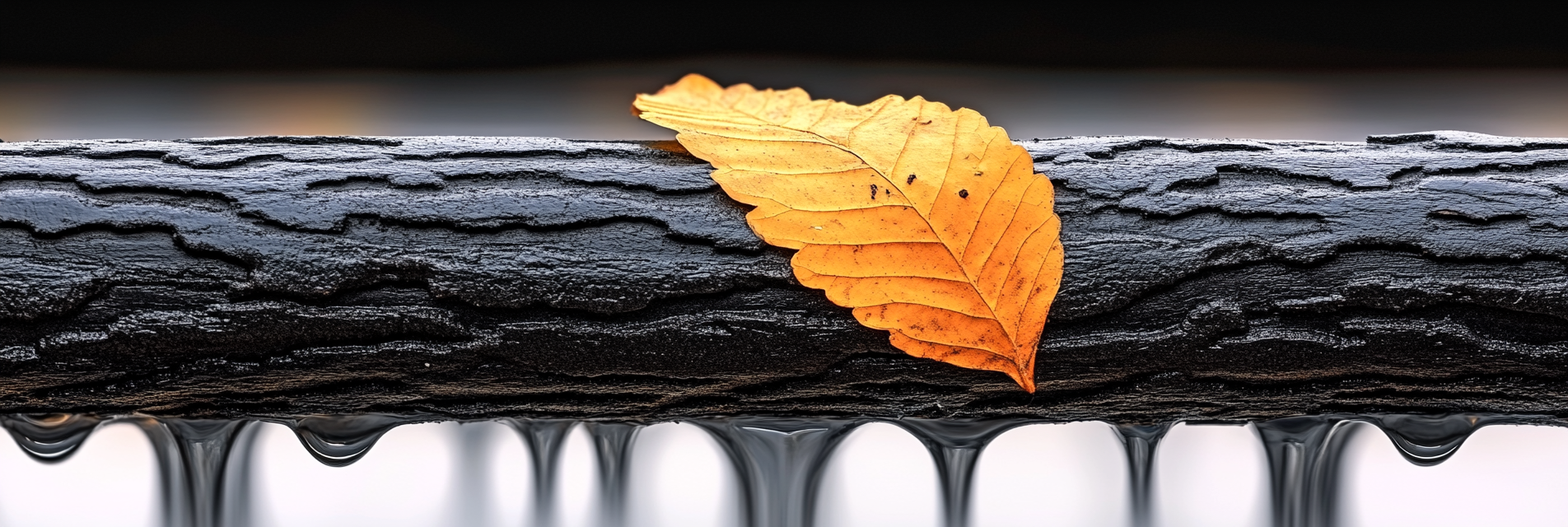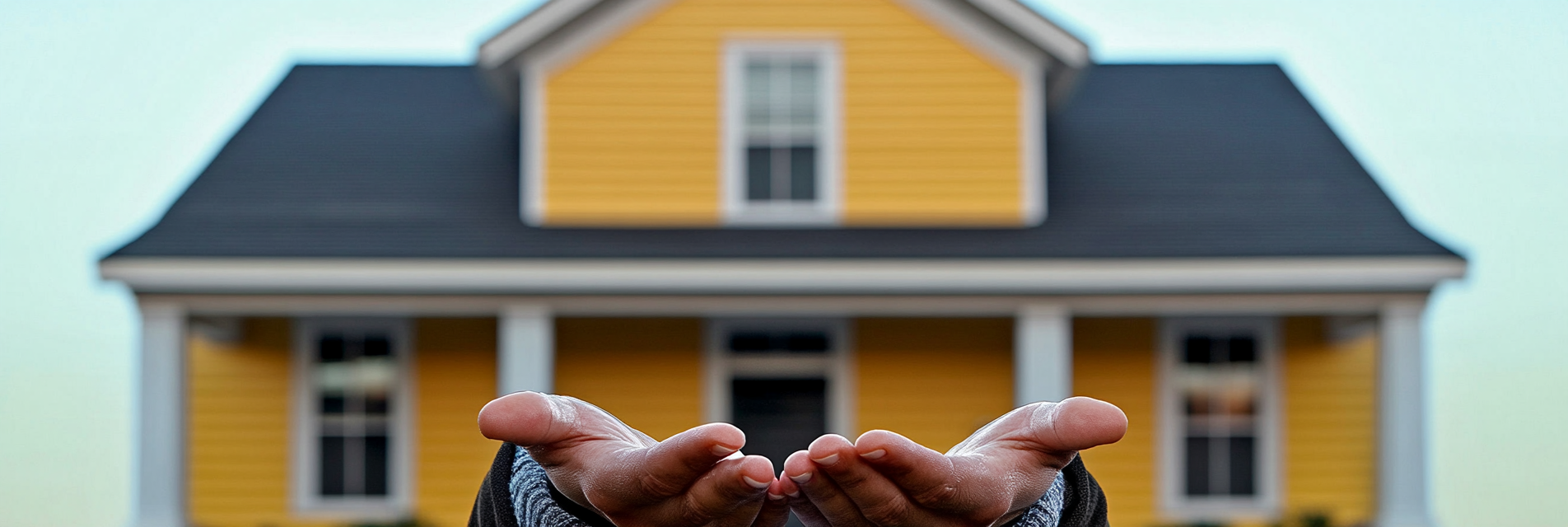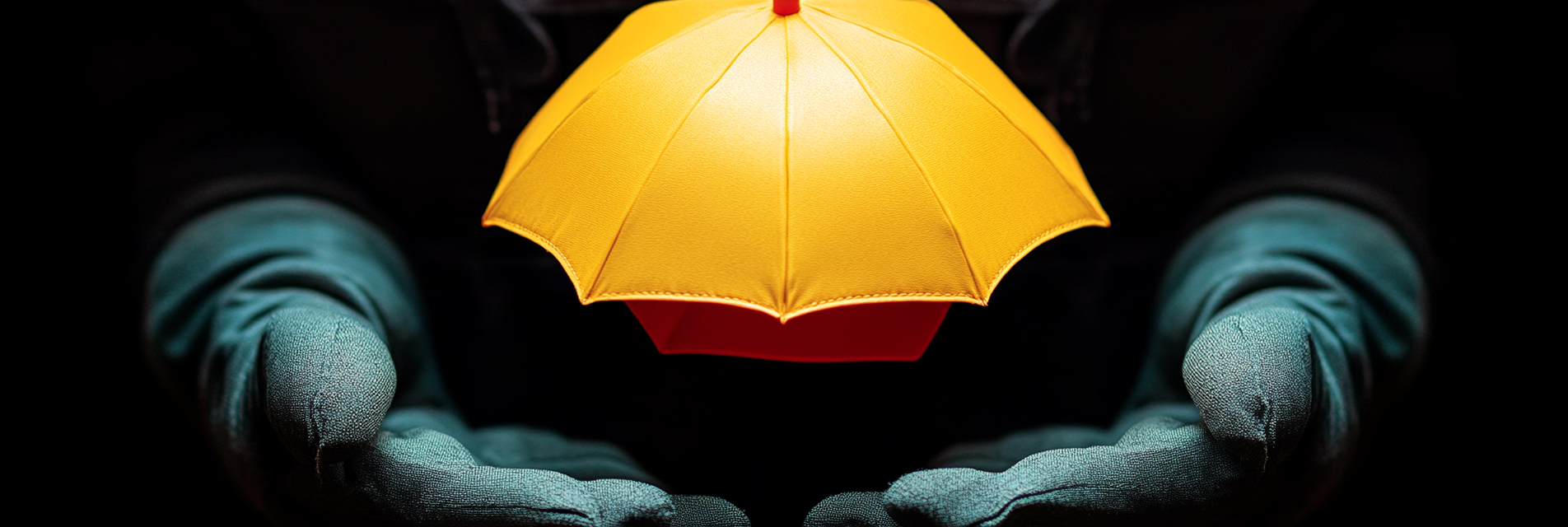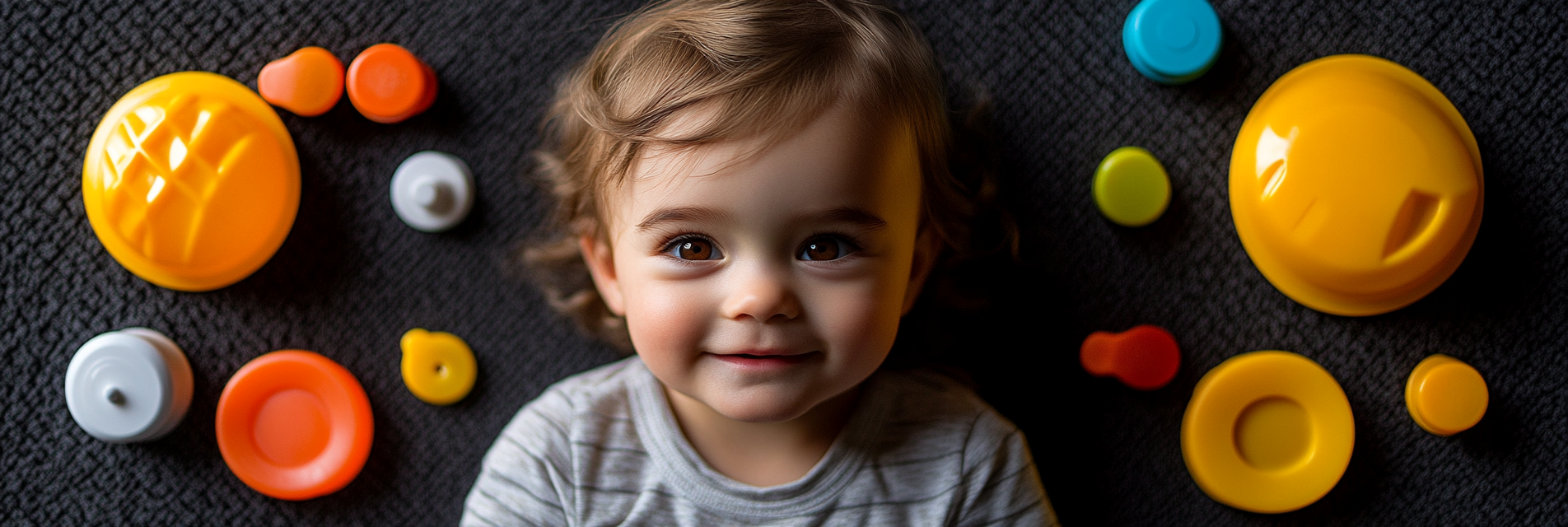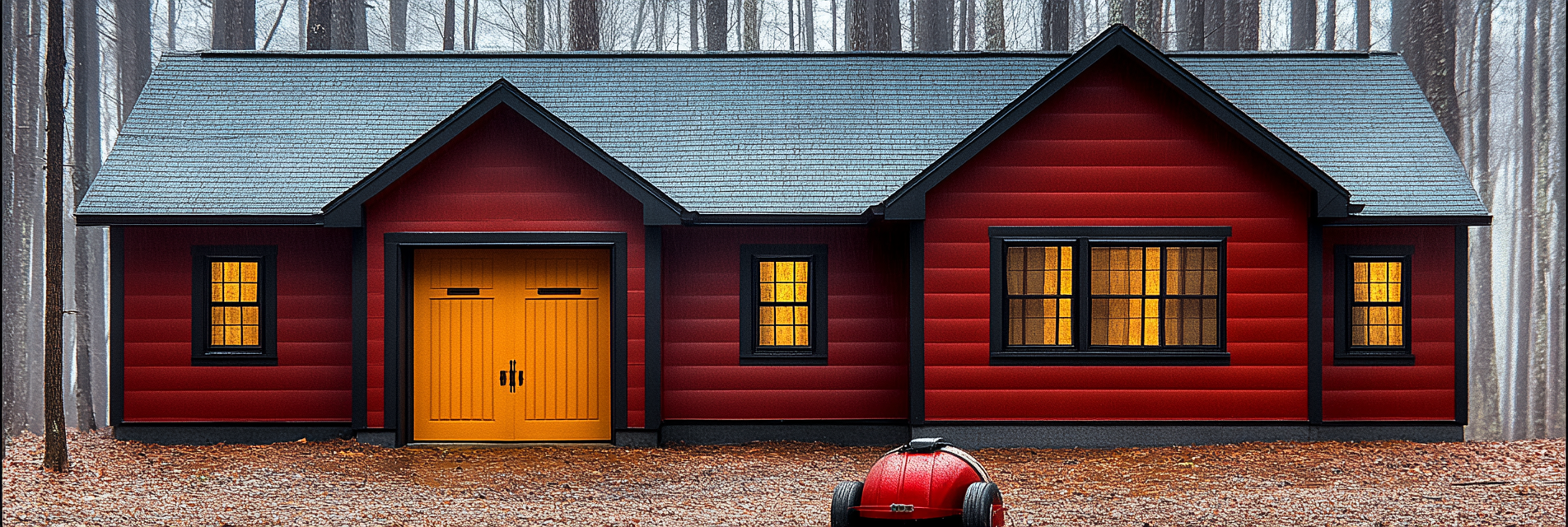It’s important to know how to build a temporary shelter here in the Tri-Cities if you are ever forced to leave your home during an emergency or you find yourself lost or stranded outside the area. It’s also important how to find water, if you don’t have any. Knowing some basic skills will help you stay safe from the weather and hydrated until you find help, whether you live in Kennewick, Richland, Pasco, or any of our outlying areas. In this post, we outline some practical steps for you to learn about building a shelter and finding safe water to drink.
1. Building a Temporary Shelter
Choose a Location: Select a flat, dry area that’s elevated and safe from hazards such as flooding or falling branches. Use Natural Barriers: Position your shelter near a rock faces or dense trees to provide wind protection. Avoid Damp Areas: Low-lying areas where water might collect or where the ground is wet are the worst places to set up a shelter.
2. Types of Emergency Shelters
Lean-To Shelter: Use sturdy branches to create a frame and cover one side with leaves, foliage, or a tarp to shield from the wind and rain. Tarp Shelter: If you have a tarp or poncho, tie it between two trees to create a rain barrier. Debris Hut: Pile leaves, sticks, and other natural debris to create insulation. This type of shelter is good for cold conditions.
3. Insulating Your Shelter
Layer the Ground: Place leaves, pine needles, or other natural materials on the floor to create a barrier between you and the ground. Add Additional Covering: Use extra layers of debris, clothing, or blankets on top to improve insulation.
4. Finding Safe Water Sources
Look for Flowing Water: Streams, rivers, and creeks are preferable sources as they are less likely to contain stagnant contaminants compared to ponds or lakes. Collect Rainwater: Set up a tarp or clean cloth to catch rainwater and store it in a container. Avoid Contaminated Water: If possible. don’t drink from sources near chemical runoff, animal activity, or industrial areas.
5. Purifying Water
Water purification is necessary to remove harmful pathogens and make water safe for drinking.
Boil Water: Boil water for at least one minute to kill most bacteria, viruses, and parasites. Use Water Purification Tablets: Carry purification tablets in your emergency kit. Follow the instructions on the packaging. Portable Water Filter: Use a portable water filter like the LifeStraw or similar devices to filter out bacteria and protozoa.
6. Improvised Water Collection Techniques
If traditional methods are not available, use these techniques to collect water – Solar Still: Dig a hole in the ground, place a container at the center, and cover the hole with plastic. Weigh the plastic down with a small rock so that condensation drips into the container. Vegetation Collection: Wrap a plastic bag around a leafy branch to collect water vapor. The process can produce small amounts of drinkable water throughout the day.
7. Staying Safe While Collecting Water
Collect water safely! Check Surroundings: Ensure that the area around the water source is safe from predators or other dangers. Use Gloves if Available: If you suspect that plants or water sources may contain irritants, use latex gloves (should be in your emergency kit!) or another protective barrier.
8. Essential Tools for Shelter and Water Collection
Multi-Tool: A multi-tool can help cut branches, fashion makeshift pegs, or assist in other essential tasks. Paracord: Useful for securing shelter frames and tying tarps. Containers: Have a collapsible container or bottles for storing your collected water.
Conclusion
The skill of building a shelter and finding drinkable water is vital for emergency survival. By knowing how to create a temporary shelter no matter your environment and knowing how to purify water will keep you protected and alive until help arrives. Dryer Fire Fighters encourages everyone to practice these essential survival skills and keep basic tools and supplies in their emergency kit to handle unexpected situations.
Serving the communities of:
Kennewick | Pasco | Richland | West Richland | Finley | Burbank | Benton City | Prosser | Grandview | Connell
As the sole certified dryer exhaust technician recognized by CSIA.org in the Tri-Cities area, Paul brings a wealth of expertise to fire prevention. His primary focus lies in addressing the root cause of many residential fires: lint buildup in dryer cavities and vents. Through rigorous inspections and thorough cleanings, Paul ensures that families and businesses can enjoy peace of mind, knowing their properties are safeguarded against fire risks.

